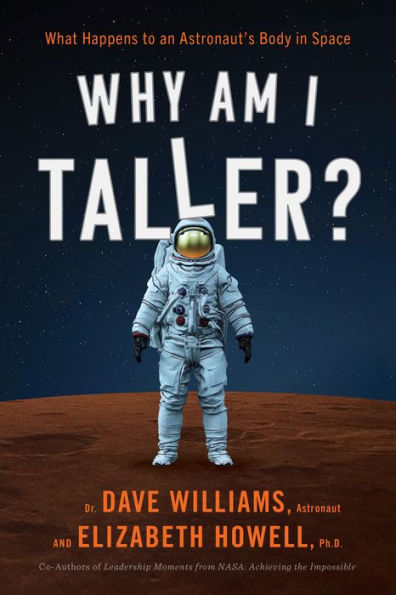5
1

Why Am I Taller?: What Happens to an Astronaut's Body in Space
240
Why Am I Taller?: What Happens to an Astronaut's Body in Space
240eBook
$10.99
$12.99
Save 15%
Current price is $10.99, Original price is $12.99. You Save 15%.
Related collections and offers
10.99
In Stock

From the B&N Reads Blog
